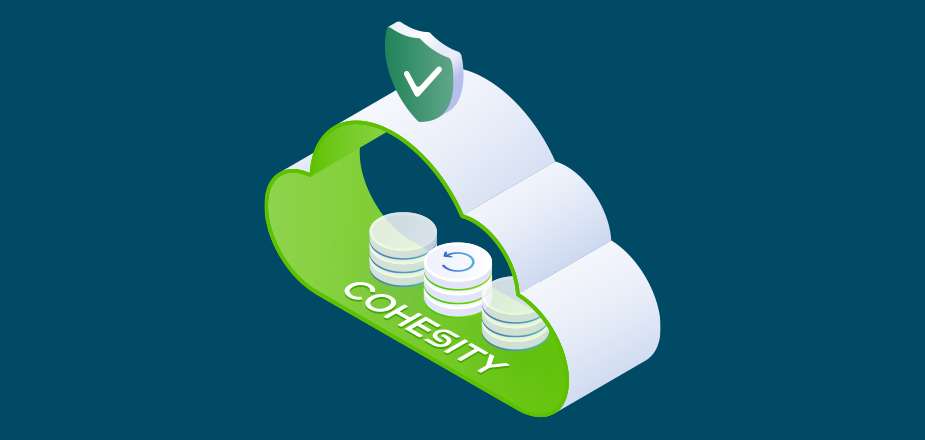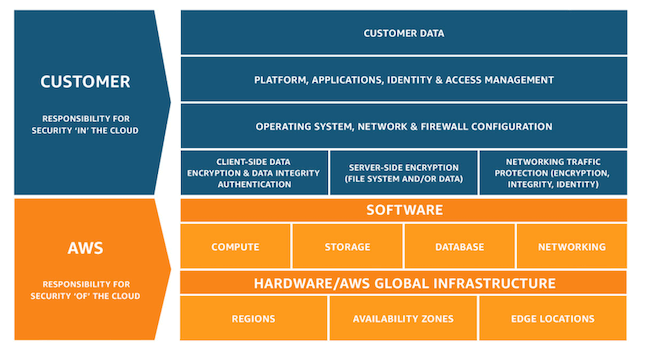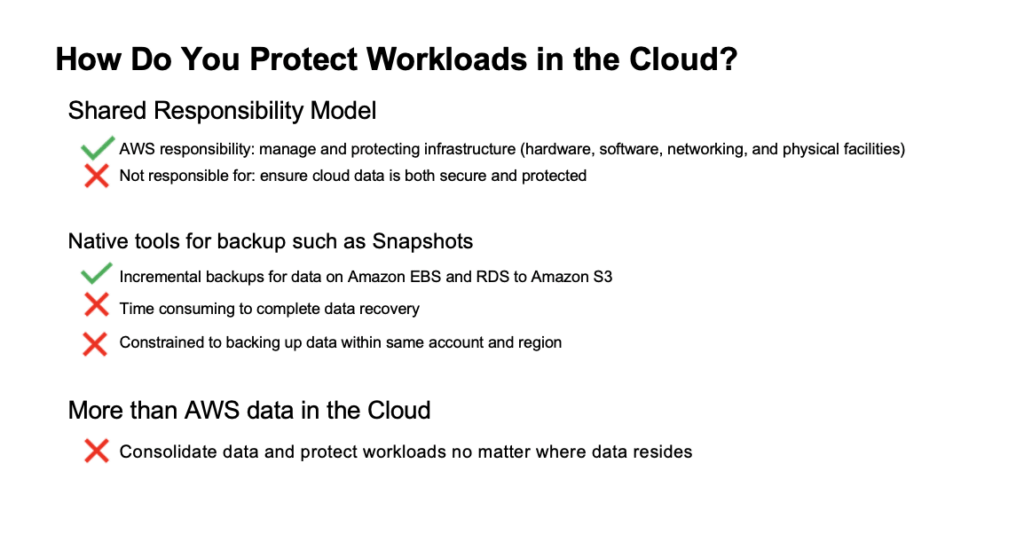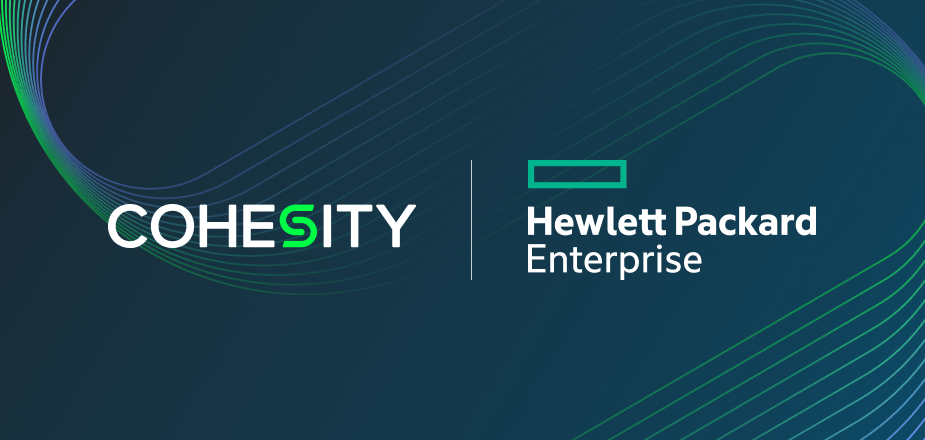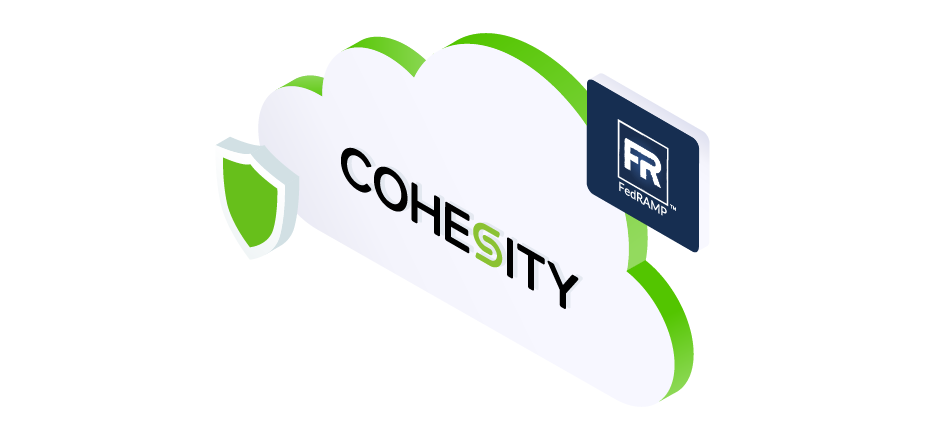The pace of change in the world of IT is accelerating. Organizations are increasingly diversifying their technology portfolios, implementing new environments, and deploying innovative new solutions. Enterprises are achieving this by enhancing on-premises infrastructure and leveraging new edge and public cloud deployments. Machine Learning and Artificial Intelligence, delivered by cloud services, are helping to drive adoption by adding immediate business value. And, as a result of this portfolio diversification, organizations are implementing multiple operational and management tools across cloud, on-prem and edge environments.
With its outsized growth and market adoption, the public cloud is a primary driver for much of this change. And public cloud undoubtedly brings several key benefits, including:
- Seamless scalability: Infrastructure that scales up and down, on-demand
- CapEx to OpEx: Pay-as-you-go model eliminates maintenance, property, and IT staff costs
- Reduced infrastructure burden: No physical sites or staff coverage to manage
Yet, despite the abundance of benefits the cloud brings, there are several challenges businesses need to overcome, including more and more data to manage and protect.
A common misperception is that cloud data and workloads are inherently secure; that’s not true. And, uninformed and unprepared organizations may be vulnerable.
The Shared Responsibility Model: What are You Responsible For?
Amazon Web Services (AWS), the largest cloud computing provider worldwide, implements a Shared Responsibility Model where security and compliance are a shared responsibility between AWS and the customer.
We’ve provided a quick overview below and encourage you to visit the AWS Shared Responsibility Model page here for more information.
In short, the AWS Shared Responsibility Model defines who is responsible for the cloud environment. AWS is responsible for managing and protecting its infrastructure, including hardware, software, networking, and any facilities that run AWS Cloud. The customer is responsible for ensuring cloud data is both secure and protected, and that must include an appropriate solution for backup and recovery.
Cloud-Native Backup — Are These Enough?
As mentioned, AWS does provide cloud-native options for data backup and recovery. Amazon EBS Snapshots, for example, are incremental backups that take a point-in-time snapshot if any blocks have changed. The benefits of snapshots are lower storage costs for backups as data is not duplicated and the minimal time associated with taking a snapshot. Yet, because native snapshots are often linked together, it can be a time-consuming process to “re-stitch” them together during the data recovery.
Additionally, native snapshots are constrained to backing up data within the same AWS account and region — making them susceptible to cyberattacks if accounts are compromised, as well as to potential regional outages.
Finally, it is important to note that most enterprises have more than just cloud-native data in their cloud environments. Organizations are running SaaS and cloud applications, deploying remote office/edge locations, and are maintaining their mission-critical applications on-premises such as VMware, Oracle, etc. So in a broader enterprise context, native snapshot protection can quickly become a backup silo when the big picture is considered.
Below is a brief visual overview of the pros and cons of the Shared Responsibility Model from our recent webinar.
So how are leading organizations effectively and responsibly managing and protecting their data in this new, diversified world of IT? This challenge is exactly what modern backup solutions are purpose-built to solve.
Backup as a Service (BaaS) to the Rescue
For many, it just makes sense to protect cloud-native data sources calls with a cloud-based solution. And a modernized BaaS solution will consolidate data and provide protection regardless of where your data resides.
There are many advantages of BaaS to help modernize a data management strategy such as:
- Predictable costs: Eliminate CapEx with cloud-based subscription pricing
- Simplified operations: A single backup and recovery solution for all data across on-premises, edge and cloud
- IT agility: Frees up IT staff time for strategic projects
- Business value: Facilitates other data use cases and doing more with data
Any Workload. Anywhere. Delivered the Way You Want.
Cohesity DataProtect delivered as a Service is a BaaS solution designed to protect on-premises and cloud workloads, including AWS RDS and EC2, Microsoft 365, VMware, and Files/NAS.
This solution has security controls and network optimization to deliver a great experience across the internet. And, it’s easy to get up and running. Customers can sign up, connect, and immediately start protecting their enterprise data sources.
Once connected, customers will be able to discover the workloads to protect with flexible recovery options automatically. Additionally once backed up, when restores are required organizations can quickly search and find the data needed and quickly recover it to the original source or to a new location.
Modernize Your Data Management Strategy with BaaS
The public cloud is driving massive change in the IT landscape. Organizations need to ensure that their cloud data and workloads are secure as part of the Shared Responsibility Model and often cloud-native solutions are not enough. A modern backup and recovery solution can ensure required security and compliance. Cohesity DataProtect delivered as a Service is designed to protect on-premises and cloud workloads and is capable of backing up any workload, anywhere. To learn more, please see the following resources:
- Listen to our podcast: Episode 37 Hear Girish Chanchlani, AWS Partner Solutions Architect, explain why a 3rd party solution may be best
- Read our tipsheet: Tipsheet Get the top 3 reasons to move to modern Backup as a Service
- Take the next step: Solution Brief See what simply better backup looks like






